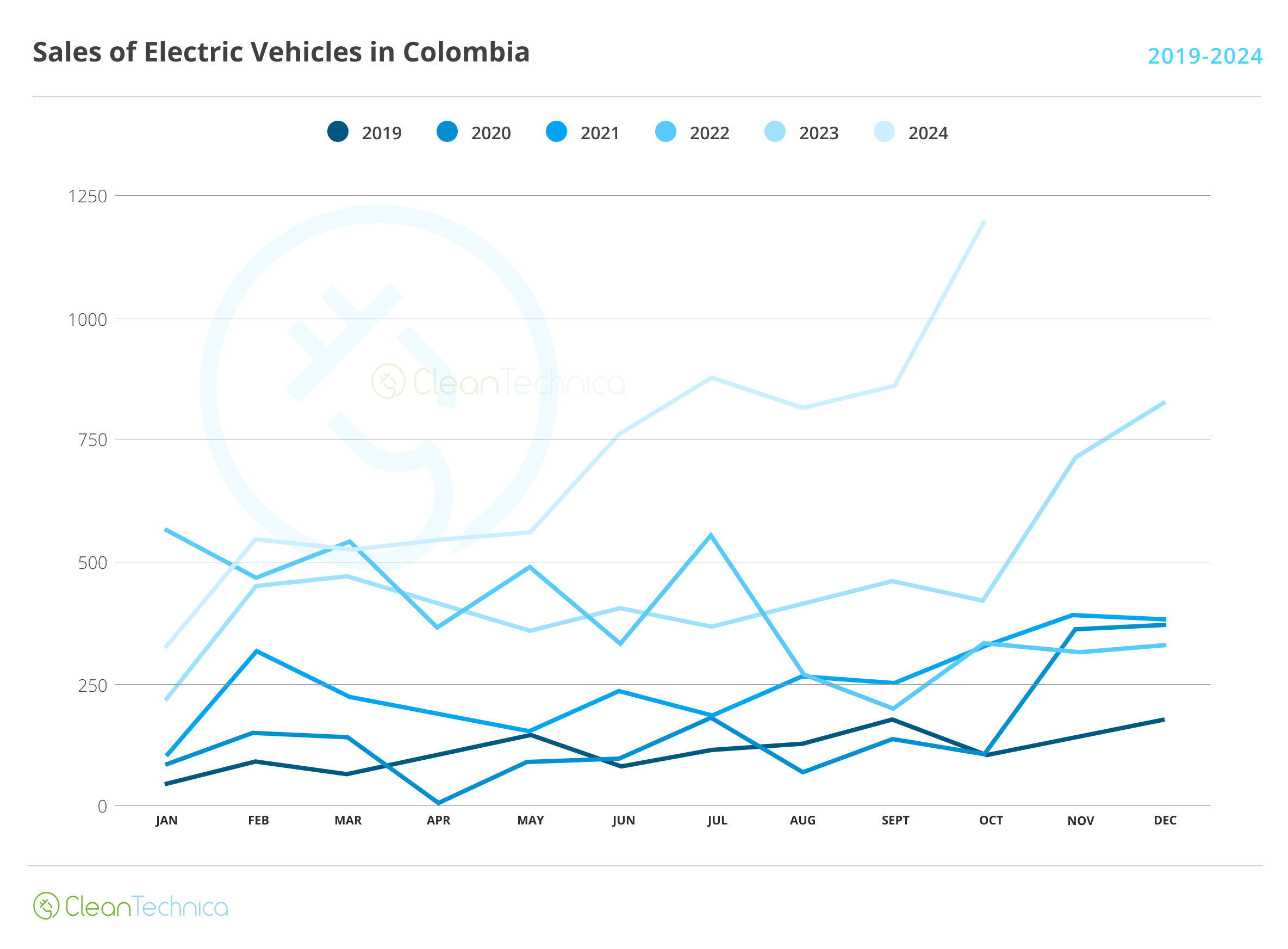Martin Engineering breaks down what it describes as the “gateway to safety and efficiency” for conveyor belt cleaning.
Belt conveyor operators in high-volume bulk handling industries often discuss the efficiency “sweet spot”, which refers to the balance between the amount of spillage beneath the system and dust emissions above, relative to the volume of material being transported and the total uptime. To put it bluntly, this balance is a myth.
There is no trade-off between maintaining a clean operation and ensuring productivity. In fact, installing the correct material discharge and belt cleaning configuration can effectively address both concerns, along with a variety of other issues throughout the entire conveyor system.
Quality and construction of belt cleaners are crucial for achieving optimal results. Two cleaners from different manufacturers, both made of polyurethane, may appear quite similar. But once they are installed and tensioned, operators will notice significant differences.

Typically, a lower-quality cleaner allows more material to carryback, requires more maintenance labour, needs to be replaced more frequently, may not be suitable for the application’s volume or properties, and could damage the belt, which is commonly the most expensive component of any conveyor system.
This article will discuss the various issues caused by inadequate belt cleaning and their solutions.
Eliminating carryback improves efficiency
Carryback refers to material that is not discharged, bypasses cleaners, and remains adhered to the conveyor belt beyond the head pulley. In addition to the loading zone, the discharge zone is often a main area where fugitive material accumulates beneath the conveyor system as “spillage”.
This is caused by carryback. After passing through the cleaner(s), material drops at the snub pulley and/or the take-up pulley. It typically does not all come off at once. As stuck material travels along the belt return towards the tail pulley, it falls off along the belt path, disrupted by return rollers. Thus, cleaning as much carryback as possible is essential for workplace cleanliness and safety.
Solution: A primary cleaner blade endures the stress of heavy bulk material, so it is important to ensure it is properly graded. When selecting a primary belt cleaner, consider the pulley diameter, belt speed, production volume, and material properties. Wet, viscous, acidic/alkaline, and sharp/abrasive materials may require blades made from specialised polyurethane or material blend.
Mistracking away from efficiency
Many conveyors come with a “tracking” system that is intended (ineffectively, in many cases) to keep the belt from coming into contact with the stringer and shredding the edges. Some operators who experience mistracking on the return install a “crown” roller design, which is thicker in the middle. If the belt drifts slightly, this design uses its weight to realign it back to the centre.
When these return rollers are fouled by carryback, they no longer realign the belt. If the belt is not centred on the tail pulley, the cargo is likely to be loaded off centre. This can result in the belt drifting further off centre, spilling cargo from a full belt and potentially damaging the entire system.

Solution: Modern belt alignment systems like the Martin Tracker HD can remedy misalignment more effectively than installing crown rollers. Designed for either the return or carrying side of the belt, these devices use sensing arms to detect slight variations in the belt path and immediately correct them by turning a roller or idler in the opposite direction.
Trackers are recommended for all systems because many factors can cause mistracking, not just carryback and broken equipment. However, mistracking results from carryback, so the underlying cause should be addressed first. Belt tracking on the return is also advised, regardless of issues stemming from carryback. With longer gaps between rollers on the return side than the upper carrying side has between idlers, the return side is susceptible to wind, belt camber, and other elements that can lead to drift.
Maintenance labour and cost of operation
Running a system to failure due to an overstretched workforce will lead to more expensive and prolonged downtime. Inspection and maintenance of a conveyor system should be routine and performed regularly to prevent unscheduled downtime. This is easier said than done, since belt cleaner tensioning is a continuous challenge for many operators.
Under-tensioning leads to carryback and expedites the blade wear. In contrast, over-tensioning results in higher power costs and increased heat from friction, runs a higher risk of pull-through, and accelerates blade wear.

After lock-out, tag-out (LOTO) procedures, changing cleaners can be an ergonomically awkward task performed beneath a conveyor or inside the drop chute, often requiring two or more people and/or a confined space entry certification.
Solution: Carrying out maintenance during a scheduled shutdown, when staff can focus on specific tasks in a controlled environment, is optimal. Many innovations to minimise maintenance time have been introduced in recent years. For example, Martin Engineering’s N2 Position Indicator (PI) helps determine scheduled downtime by providing data on the wear status of belt cleaners. Delivered via mobile app, the N2 PI not only alerts users if an incident occurs, but the data it provides also helps operators understand wear times. This informs managers and aids them in coordinating maintenance schedules for greater efficiency.
Safety
Carryback increases safety risk and operational costs. Although it is strongly discouraged, operators continue to assign workers to clear spillage from around the system while the belt is running, shovelling the spillage back onto the moving conveyor, or into a skip or barrow – all of which drives up labour costs.

If a worker comes into contact with the belt, risk of an injury or fatality is high. Working on or near moving conveyors remains a leading cause of workplace injuries and deaths. Beyond the devastating price paid by a worker’s family and colleagues in such circumstances, these incidents always result in costly fines, unscheduled downtime, and increased insurance premiums.
Solution: Avoid safety issues and labour costs associated with cleaning by eliminating the cause, carryback. Always follow the LOTO procedure and never allow any worker to perform maintenance on or around a working conveyor. One innovation that enhances servicing and safety is the Safe to Service Martin QC1+ Primary Cleaner or Safe to Service SQC2S Secondary Cleaner. Instead of confined space entry or crawling under the system, these designs enable equipment to be pulled away from the mainframe and serviced quickly and ergonomically by a single worker from outside the chute.
This article appeared in the October issue of Australian Mining magazine.




